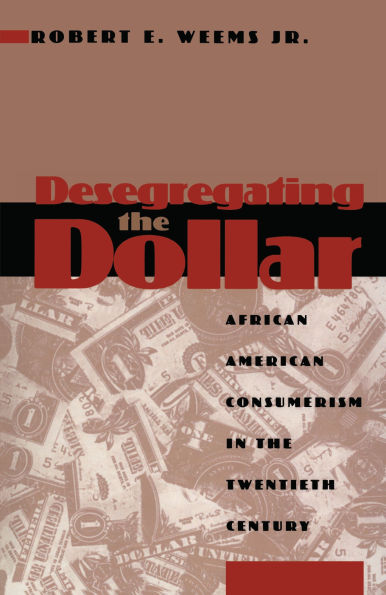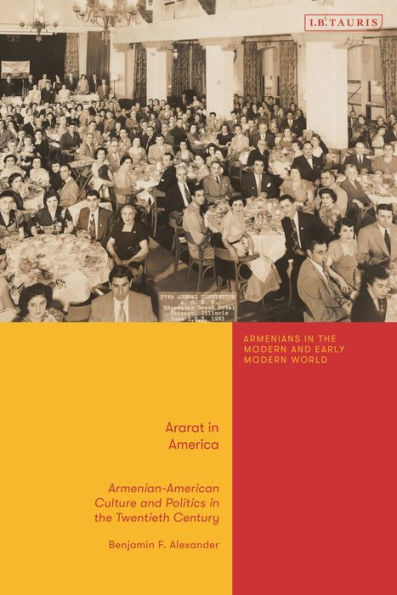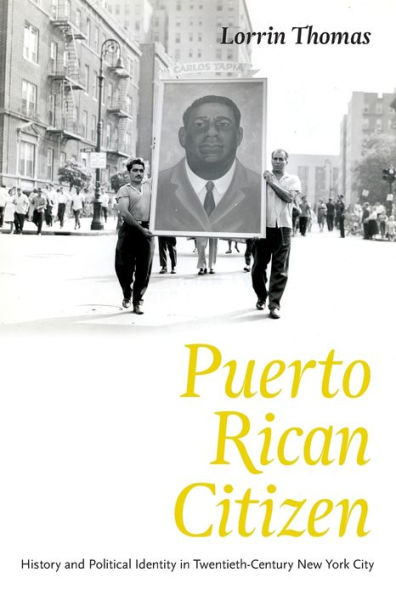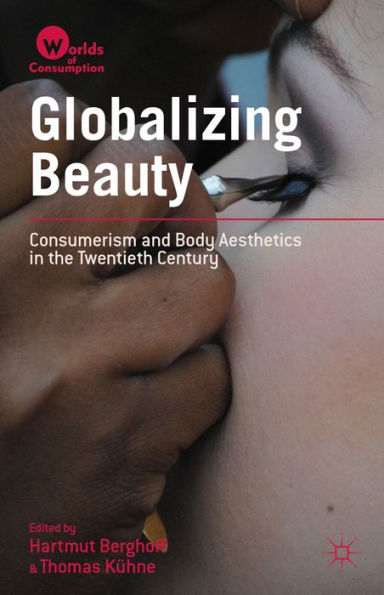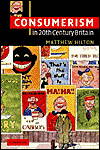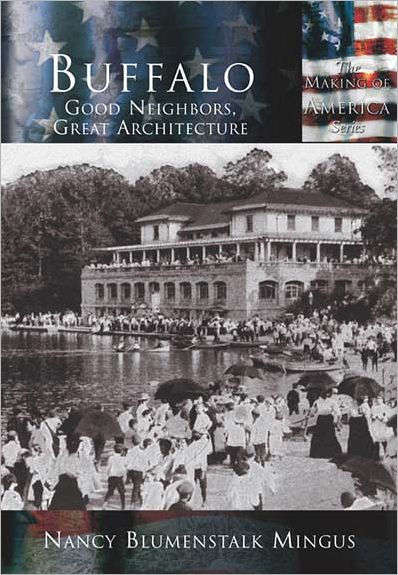Home
the Making of American Creative Class: New York's Culture Workers and Twentieth-Century Consumer Capitalism
Barnes and Noble
Loading Inventory...
the Making of American Creative Class: New York's Culture Workers and Twentieth-Century Consumer Capitalism
Current price: $39.99

Barnes and Noble
the Making of American Creative Class: New York's Culture Workers and Twentieth-Century Consumer Capitalism
Current price: $39.99
Loading Inventory...
Size: Hardcover
*Product information may vary - to confirm product availability, pricing, shipping and return information please contact Barnes and Noble
During the middle decades of the twentieth century, the production of America's consumer culture was centralized in midtown Manhattan to an extent unparalleled in the history of the modern United States. Within a few square miles of skyscrapers were the headquarters of networks like NBC and CBS, the editorial offices of book publishers and mass circulation magazines such as
Time
and
Life
, numerous influential newspapers, and major advertising agencies on Madison Avenue. Every day tens of thousands of writers, editors, artists, performers, technicians, secretaries, and other white-collar workers made advertisements, produced media content, and enhanced the appearance of goods in order to boost sales. While this center of creativity has often been portrayed as a smoothly running machine, within these offices many white-collar workers challenged the managers and executives who directed their labors.
In this definitive history,
The Making of the American Creative Class
examines these workers and their industries throughout the twentieth century. As manufacturers and retailers competed to attract consumers' attention, their advertising expenditures financed the growth of enterprises engaged in the production of culture, which in turn provided employment for an increasing number of clerical, technical, professional, and creative workers. The book explores employees' efforts to improve their working conditions by forming unions, experimenting with alternative media and cultural endeavors supported by public, labor, or cooperative patronage, and expanding their opportunities for creative autonomy. As blacklisting and attacks on militant unions left them destroyed or weakened, workers in advertising, design, publishing, and broadcasting in the late twentieth century were constrained in their ability to respond to economic dislocations and to combat discrimination in the culture industries.
At once a portrait of a city and the national culture of consumer capitalism it has produced,
is an innovative narrative of modern American history that addresses issues of earnings and status still experienced by today's culture workers.
Time
and
Life
, numerous influential newspapers, and major advertising agencies on Madison Avenue. Every day tens of thousands of writers, editors, artists, performers, technicians, secretaries, and other white-collar workers made advertisements, produced media content, and enhanced the appearance of goods in order to boost sales. While this center of creativity has often been portrayed as a smoothly running machine, within these offices many white-collar workers challenged the managers and executives who directed their labors.
In this definitive history,
The Making of the American Creative Class
examines these workers and their industries throughout the twentieth century. As manufacturers and retailers competed to attract consumers' attention, their advertising expenditures financed the growth of enterprises engaged in the production of culture, which in turn provided employment for an increasing number of clerical, technical, professional, and creative workers. The book explores employees' efforts to improve their working conditions by forming unions, experimenting with alternative media and cultural endeavors supported by public, labor, or cooperative patronage, and expanding their opportunities for creative autonomy. As blacklisting and attacks on militant unions left them destroyed or weakened, workers in advertising, design, publishing, and broadcasting in the late twentieth century were constrained in their ability to respond to economic dislocations and to combat discrimination in the culture industries.
At once a portrait of a city and the national culture of consumer capitalism it has produced,
is an innovative narrative of modern American history that addresses issues of earnings and status still experienced by today's culture workers.
During the middle decades of the twentieth century, the production of America's consumer culture was centralized in midtown Manhattan to an extent unparalleled in the history of the modern United States. Within a few square miles of skyscrapers were the headquarters of networks like NBC and CBS, the editorial offices of book publishers and mass circulation magazines such as
Time
and
Life
, numerous influential newspapers, and major advertising agencies on Madison Avenue. Every day tens of thousands of writers, editors, artists, performers, technicians, secretaries, and other white-collar workers made advertisements, produced media content, and enhanced the appearance of goods in order to boost sales. While this center of creativity has often been portrayed as a smoothly running machine, within these offices many white-collar workers challenged the managers and executives who directed their labors.
In this definitive history,
The Making of the American Creative Class
examines these workers and their industries throughout the twentieth century. As manufacturers and retailers competed to attract consumers' attention, their advertising expenditures financed the growth of enterprises engaged in the production of culture, which in turn provided employment for an increasing number of clerical, technical, professional, and creative workers. The book explores employees' efforts to improve their working conditions by forming unions, experimenting with alternative media and cultural endeavors supported by public, labor, or cooperative patronage, and expanding their opportunities for creative autonomy. As blacklisting and attacks on militant unions left them destroyed or weakened, workers in advertising, design, publishing, and broadcasting in the late twentieth century were constrained in their ability to respond to economic dislocations and to combat discrimination in the culture industries.
At once a portrait of a city and the national culture of consumer capitalism it has produced,
is an innovative narrative of modern American history that addresses issues of earnings and status still experienced by today's culture workers.
Time
and
Life
, numerous influential newspapers, and major advertising agencies on Madison Avenue. Every day tens of thousands of writers, editors, artists, performers, technicians, secretaries, and other white-collar workers made advertisements, produced media content, and enhanced the appearance of goods in order to boost sales. While this center of creativity has often been portrayed as a smoothly running machine, within these offices many white-collar workers challenged the managers and executives who directed their labors.
In this definitive history,
The Making of the American Creative Class
examines these workers and their industries throughout the twentieth century. As manufacturers and retailers competed to attract consumers' attention, their advertising expenditures financed the growth of enterprises engaged in the production of culture, which in turn provided employment for an increasing number of clerical, technical, professional, and creative workers. The book explores employees' efforts to improve their working conditions by forming unions, experimenting with alternative media and cultural endeavors supported by public, labor, or cooperative patronage, and expanding their opportunities for creative autonomy. As blacklisting and attacks on militant unions left them destroyed or weakened, workers in advertising, design, publishing, and broadcasting in the late twentieth century were constrained in their ability to respond to economic dislocations and to combat discrimination in the culture industries.
At once a portrait of a city and the national culture of consumer capitalism it has produced,
is an innovative narrative of modern American history that addresses issues of earnings and status still experienced by today's culture workers.
